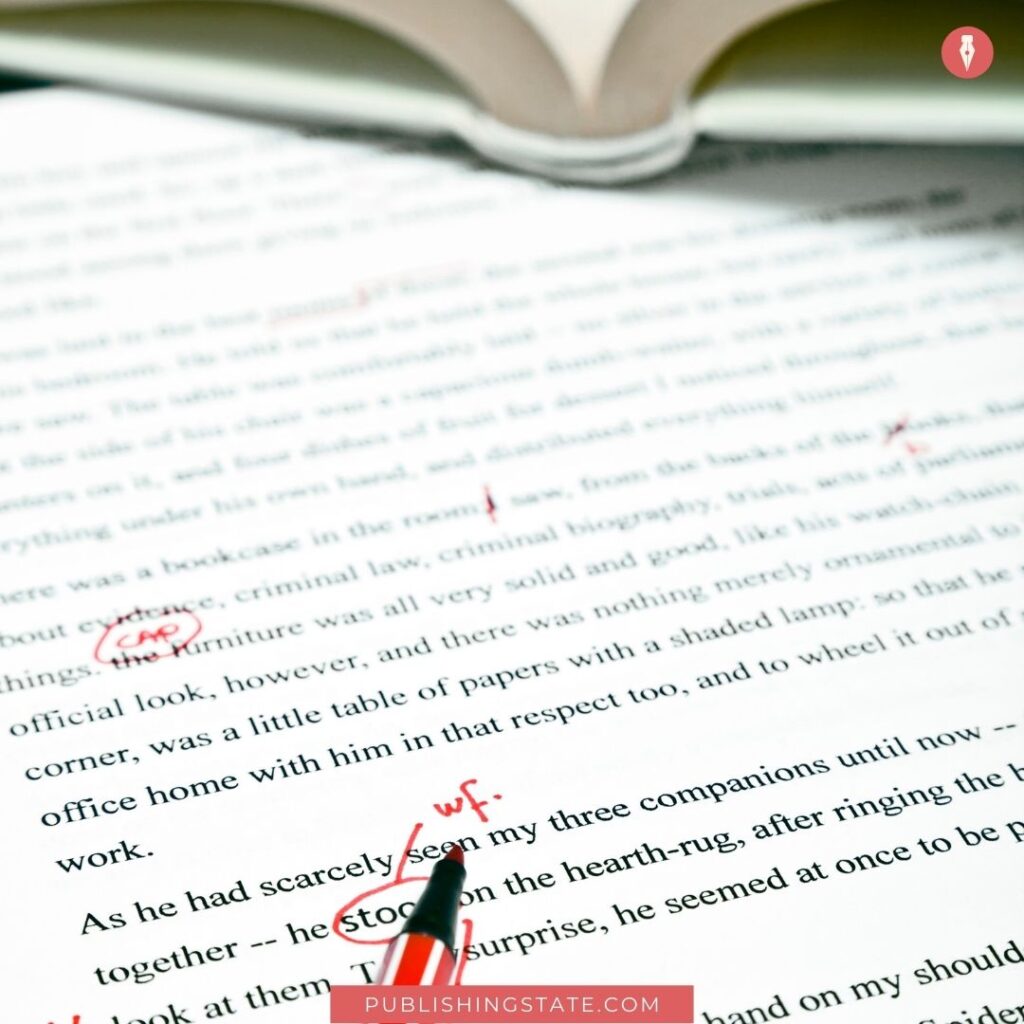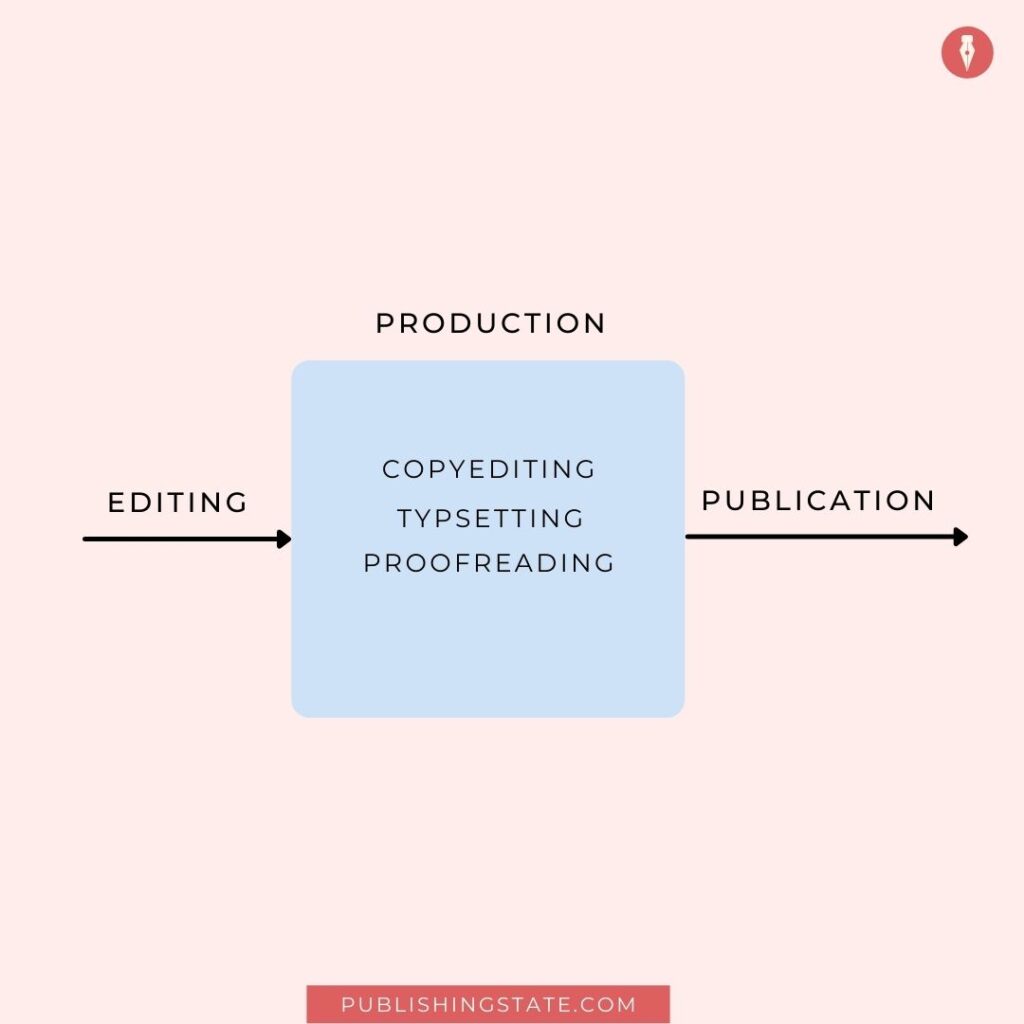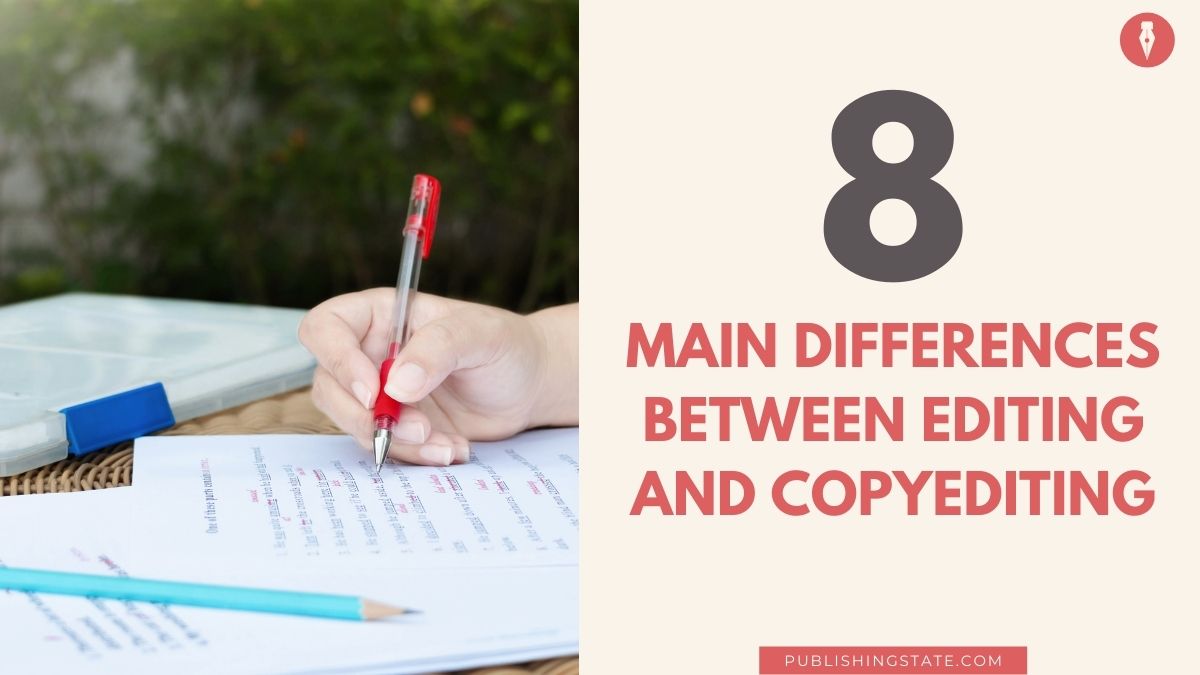Table of Contents
- Editing vs. copyediting: the main difference
- An example
- Substance vs. style
- Timing or sequence
- Both editing and copyediting are equally important
- Tools
- Do good editors make good copyeditors?
- Can the same person do editing and copyediting?
- Concluding remark
If you are a publishing industry practitioner, you would already know some of the main differences between editing and copyediting.
If you are not, then fret not. It is time for a new lesson today.
An effective publishing workflow is crucial to ascertain the quality of the publication’s end product. This end product could be books, academic journals, news, articles, and other types of content.
In a publishing workflow, editing and copyediting are two essential processes influencing the publication outcome. Sound editing and copyediting will lead to a good publication that will make the authors, readers, and publisher happy.
However, poor editing and copyediting will create a publication that is difficult to understand and become an eyesore to the reader.
Editing and copyediting are parts of a publication workflow, but there are differences between the two.
Here, we discuss some of the differences between editing and copyediting.

Editing vs. copyediting: the main difference
The main difference between editing and copyediting is the function.
Editing is primarily the process of checking for grammar, spelling, and language issues. Copyediting, on the other hand, concerns the checking of consistency, styles, and accuracy.
In other words, editing focuses on the meaning and correctness of the publication, whereas copyediting zooms on the compliance of the publication style.
To help illustrate matters, let’s look at the following example.
An example
Here’s a paragraph from a journal publication (a fictional one) to give you a simple illustration.
In her 1996 book, The Girl Who Invents the Windscreen, Thatcher writes that women does not need to be afraid competitive with men when it comes to innovation (Thatcher 1995).
In the example above, let’s look at the errors needing rectifications and how we can make things better:
- Spelling mistakes: “does” should be “do” (editing)
- Grammar: “competitive” should be “competing” (editing)
- Inconsistencies in the year of publication. Is it 1995 or 1996? (copyediting)
- Italicization of a book title (copyediting)
After the complete editing and copyediting rounds, the correct phrase would be the following:
In her 1995 book, The Girl Who Invents the Windscreen, Thatcher writes that women do not need to be afraid to compete with men when it comes to innovation (Thatcher 1995).
Note: In my copyediting, I would probably remove one of the years (1995) and stick to one in the bracket to avoid repetition.
Substance vs. style

While editing is about substance, copyediting is about style.
The editing process is about making the text better, more precise, and more accurate.
Copyediting, on the other hand, deals with style and consistency. Copyediting often references specific writing guidelines or styles (Chicago Manual of Style, APA, etc.).
Copyediting also deals with a lot more than text. Other areas that copyediting covers include the following:
- Citation & references (style and formatting)
- Illustration and visuals
- Table of contents, CIP pages
- Indices and appendices
- Cover (not the graphic, but the author’s names and text accuracy)
- Paragraph styles
- Indentation
- Subject heading style
- Capitalization consistency and style
The language editing process, on the other hand, does not focus on these issues. Instead, editing deals with paragraph structure, sentence structure, and correctness of language usage.
Timing or sequence
Next is the timing or sequence (the order of work).
Language editing is typically done before copyediting. Editing should be completed during the manuscript’s preparation (even though this is not entirely true 100% of the time).
Let’s look at a typical publishing workflow chart.

In the publishing workflow, copyediting is part of the “production,” a stage where the publication is ready to take shape in layout and formatting.
Both editing and copyediting are equally important
Having compared both, you should know that editing and copyediting are equally important in the publishing workflow. One without the other is rather useless.
In time, I will explain more details about the publishing workflow and how to create a good process to expedite efficient publication workflow.
You want a publication with sound language accuracy and equally strong/consistent style.
Editing ensures the correctness of the publication, while copy editing focuses on style and conformance to publishing standards.
Tools
Some tools can help you with editing jobs, such as Grammarly, Ginger Software, Editorially and ProWriting Aid, and many more.
Some of these tools offer a free version (with a limited capability) and more advanced features at a premium price.
I have been a premium user of Grammarly for a year, and I have never looked back.
I began using Grammarly as a free tool, and after finding the app incredibly useful, I decided to upgrade to a premium account.
Grammarly does not guarantee 100% accuracy all the time (you will probably notice some errors in this article). But it is a big help in fixing spelling, grammar, and contextual issues.
All my writing today goes through Grammarly.
On the other hand, copyediting can be helped by referencing documents and using supplementary apps such as EndNote and Mendeley.
EndNote and Mendeley are more reference management tools, but they do help you with copyediting style and maintaining publication consistency.
Do good editors make good copyeditors?

Almost certainly, yes. A good editor should understand editing and copyediting well.
The basis of being a good editor and copyeditor is extensive training. The more you train, the better you get.
But going deeper, take note that the two are different.
As you have read above, editing pertains to text accuracy, while copyediting involves style and formatting conventions.
A fantastic editor usually comes from solid language training. Perhaps someone who graduated in English literature.
An excellent copyeditor has extremely good attention to detail and does not miss things easily.
In terms of difficulty to master, based on my limited experience, I would say that editing is more complicated. This is because attaining an excellent level of language proficiency takes many years and practice.
English also has numerous exceptions where the usual rules cannot be applied. Hence, only in-depth experience (and also mistakes) will make us better.
Can the same person do editing and copyediting?
Editing and copyediting are highly specialized tasks. Big publishers have different people working on editing and copyediting separately.
Can the same person do editing and copyediting?
My answer is yes, absolutely.
In fact, I did both editing and copyediting for the same publications for many years. Sometimes, both processes happen simultaneously (even though the two are best done sequentially, as I described earlier).
One of the reasons for this is that I dealt with many manuscripts written by non-native English speakers that require a considerable level of editing and copyediting, needing to be published fast.
[Click here to read how you can improve your English writing when English is not your first language.]
A person who excels in both editing and copyediting is rare to find.
Suppose you showcase a high level of expertise in both. In that case, you will be an invaluable asset to the organization you’re working for.
Find the time to boost your skills and experience in editing and copyediting. You will undoubtedly go a long way in the world of publishing.
Concluding remark
In conclusion, although there are main differences between editing and copyediting, both have a crucial role in publications if you want to have a book you want to be proud of. The two need to be paid equal attention to.
Choose to work with publishers with a solid editorial team. Or, if you are self-publishing your book, invest some resources (money and time) in editing and copyediting. This will help you a long way.

4 thoughts on “8 Main Differences Between Editing and Copyediting”